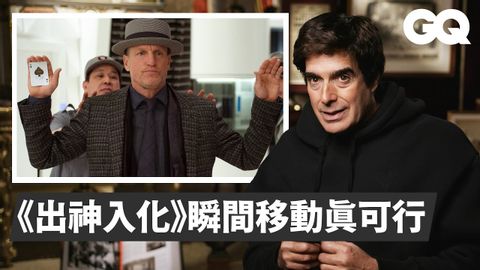
Subtitles & vocabulary
傳奇魔術師大衛考柏菲解析魔術電影,《出神入化》瞬間移動沒在唬爛!David Copperfield Breaks Down Magic Scenes|經典電影大解密|GQ Taiwan
00
王蓉芬 posted on 2022/03/07Save
Video vocabulary
intense
US /ɪnˈtɛns/
・
UK /ɪn'tens/
- Adjective
- Very strong, great or extreme in degree
- Experiencing or showing great force or strength; extreme.
A2TOEIC
More process
US /ˈprɑsˌɛs, ˈproˌsɛs/
・
UK /prə'ses/
- Transitive Verb
- To organize and use data in a computer
- To deal with official forms in the way required
- Noun (Countable/Uncountable)
- Dealing with official forms in the way required
- Set of changes that occur slowly and naturally
A2TOEIC
More illusion
US /ɪˈluʒən/
・
UK /ɪ'lu:ʒn/
- Noun (Countable/Uncountable)
- Idea, image or impression that is not correct
- Something that deceives by producing a false or misleading impression of reality.
B2
More Use Energy
Unlock All Vocabulary
Unlock pronunciation, explanations, and filters
